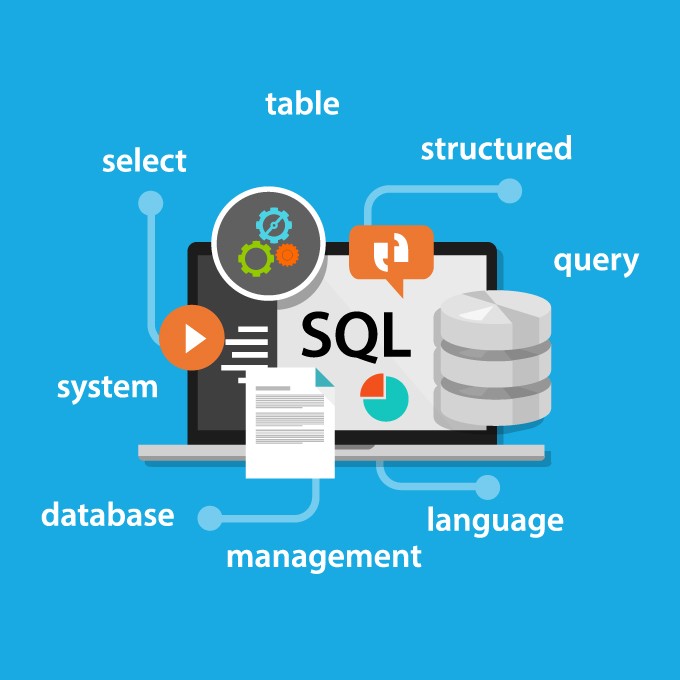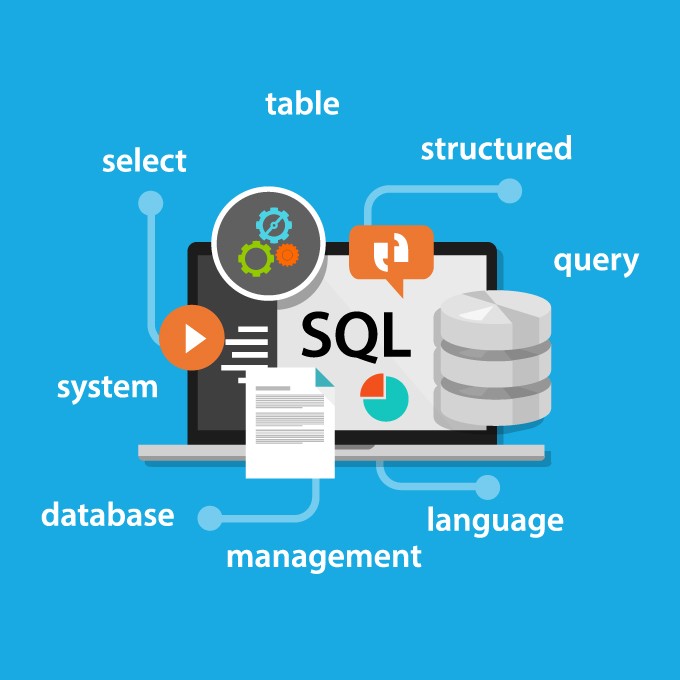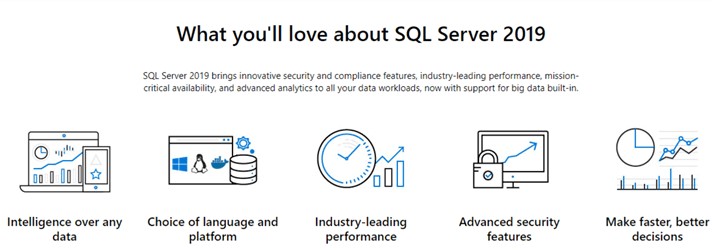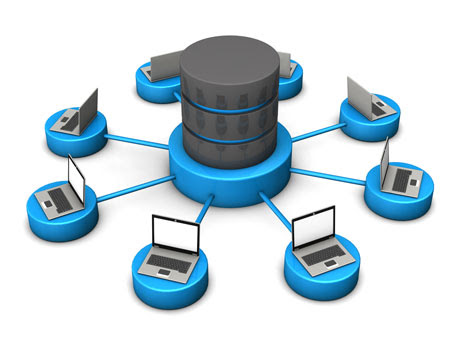In today’s world data is everything but to manage it one must master the art of data management. To play with the data and database we need to know the language that is understood by these databases and that language is SQL. SQL is a core of relational type databases. Because of its huge popularity, it is used by most companies today worldwide. After understanding the basic introduction, the first question that arises in our mind is what SQL is.
For cyber security related issues of businesses please visit: https://www.benchmarkitservices.com/cyber-security/
SQL is an abbreviation for the structured query language. It is the language used to perform actions such as update, retrieve, manipulate, and store data on a relational database. Now that we have learned what exactly SQL is. Let us see some of its interesting facts. Do you know when SQL was born? SQL was developed at IBM by turn Donald D. Chamberlin and Raymond F Boyce in the early 1970s. It was initially called SEQUEL that is structured English query language. But later it was changed to SQL because SEQUEL was a trademark of UK based engineering company.
SQL is said to be a powerful language. The reason for that is it uses very simple English sentences and uses very few lines. It uses common words such as select, inserts, update, and many more to perform its core functionalities. SQL is known to be a declarative language when you write a query you must describe what needs to be done and you do not have to worry regarding the flow of the query. It will be handled internally by the DBMS that you are using.
Features of SQL
So, the first feature is SQL has well-defined standards. As it says, developers of SQL have clearly mentioned how exactly each query must be written. There is no room for ambiguity when it comes to writing the query. The standard must be followed. SQL is easy to learn. SQL is a language that is used to work with a database. Since SQL has a large user base as well as well-defined standards for a beginner, it is easy to learn.
The next one is in SQL we can create multiple views this is one of the unique and early features that SQL came up with. The view is nothing but creating a virtual table. the virtual table is a temporary table for certain news by doing this we can protect the integrity of the data. SQL can not only create a single view but can create multiple views.
Finally, SQL queries are portable in nature. It means we can execute the SQL query in one system and execute the same query in another system without changing the format. But the condition is the environment setup of these two systems must be the same. As the SQL query won’t be executed. So, these were some of the features of SQL.
Data and Database
For general IT Support services for Businesses please visit: https://www.benchmarkitservices.com.au
Now let us look at the next topic which is data and database. Firstly, let us look at what is data. So, the standard definition for data values from a different source has been translated for some purpose and this purpose can be anything. Source for the data can be like temperature reading, financial data, videos, blogs, next etc it goes on. In the end, it should make meaningful sense only then we can consider it as data. This image clearly depicts a different source of data. So, we can clearly understand that the data source can be anything. Since we are clear about what data is all about.
Let us head to the next topic which is what is a database. Firstly, let us look at the formal definition of a database. A database is an organised collection of data with the data is stored and accessed electronically from the computer system. To make you understand what it means let me use an analogy to explain the concept of a database.
Consider a library usually the library contains a huge collection of books of different genres. Here library is the database, and these books are the data. We can see a person performing an action on the data and that action can be like creating store updates etc. When the user sends the instruction as well as the data it will be stored inside the database after the certain process and this entire process is bidirectional that is control flows on both sides.
Different types of databases
For cloud-based solutions for the businesses like Google, AWS, and Azure please visit: https://www.benchmarkitservices.com/google-cloud-service-providers/
There are different kinds of databases that are in use today and these databases are classified based on capabilities, features, functionality, size, and performance. So, few of them are distributed database, object-oriented database, centralised database, operational database, graph database, cloud database, no SQL database, and finally relational database. Among these databases the two popular types that are widely used our first one relational database and second one no SQL database. Relational databases generally use SQL language and let us look at some of the popular databases that are widely used today. So, they are mongo DB, Postgres Microsoft Access, Microsoft SQL Server, my SQL, and Oracle DB. These are the few popular databases that are used today each one of them has its own pros and cons.





